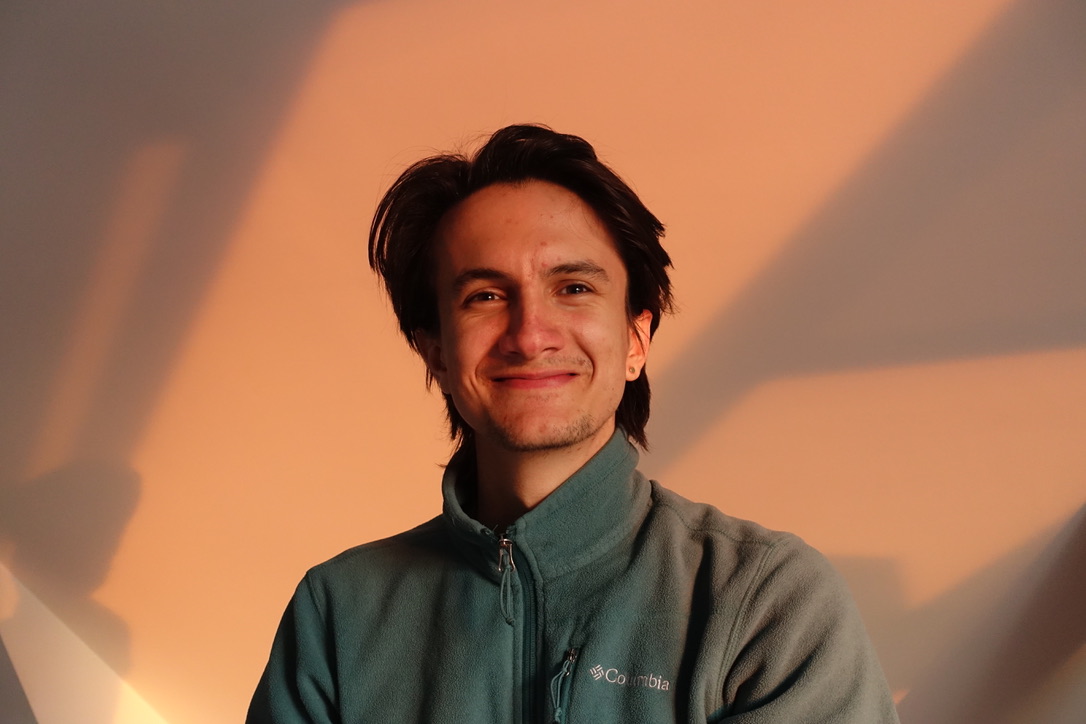
I am a Junior Research Fellow at New College, University of Oxford. I completed my PhD at the University College London in 2024 where I was supervised by Alexey Pokrovskiy. I'm broadly interested in probabilistic, extremal, and additive aspects of combinatorics, as well as interactions with group theory and graph theory.
A full list of my publications can be found on arXiv, or Google Scholar.
Selected works
- Cyclic subsets in regular Dirac graphs
IMRN, to appear
with Nemanja Draganić and Peter Keevash - Towards Graham's rearrangement conjecture via rainbow paths
with Matija Bucić, Bryce Frederickson, Alexey Pokrovskiy, and Liana Yepremyan - Topological minors in typical lifts
with Matija Bucić, Micha Christoph, and Raphael Steiner - Spanning spheres in Dirac hypergraphs
Combinatorica, to appear
with Freddie Illingworth, Richard Lang, Olaf Parczyk, and Amedeo Sgueglia - Approximate path decompositions of regular graphs
Journal of the London Mathematical Society, to appear
with Richard Montgomery, Alexey Pokrovskiy, and Benny Sudakov - Spanning trees in pseudorandom graphs via sorting networks
Proceedings of the American Mathematical Society, 2025
(also mentioned in a Quanta article)
with Joseph Hyde, Natasha Morrison, and Matías Pavez-Signé - A random Hall-Paige conjecture
Inventiones Mathematicae, 2025
(also mentioned in a blog post by Peter Cameron)
with Alexey Pokrovskiy - Optimal spread for spanning subgraphs of Dirac hypergraphs
Journal of Combinatorial Theory, Series B, 2024
with Tom Kelly and Alexey Pokrovskiy - Cycle type in Hall-Paige: A proof of the Friedlander-Gordon-Tannenbaum conjecture
- A general approach to transversal versions of Dirac-type theorems
Bulletin of the London Mathematical Society, 2023
with Pranshu Gupta, Fabian Hamann, Olaf Parczyk, and Amedeo Sgueglia - Transversal factors and spanning trees
Advances in Combinatorics, 2022
with Richard Montgomery and Yani Pehova
Alp Müyesser
alp.muyesser@new.ox.ac.uk
G.H. Hardy Junior Research Fellow
New College
University of Oxford